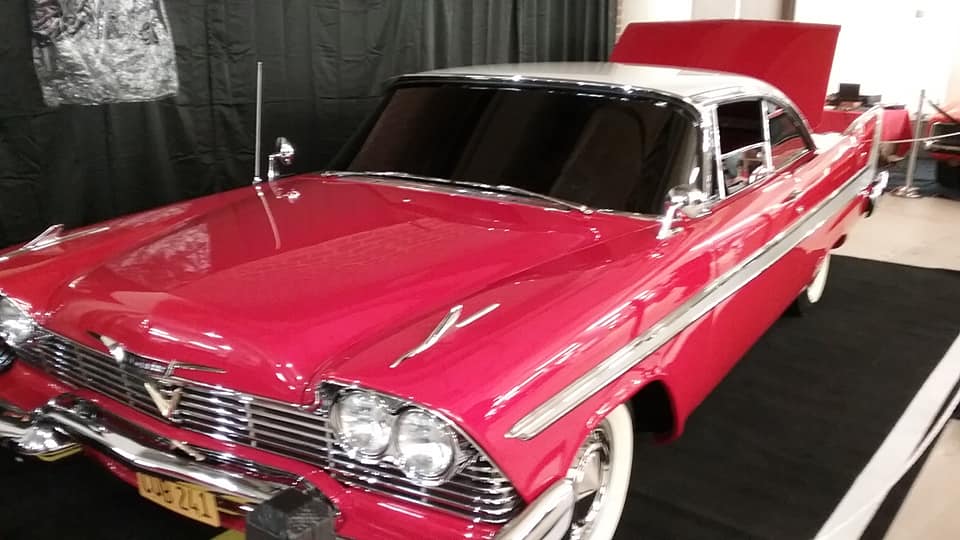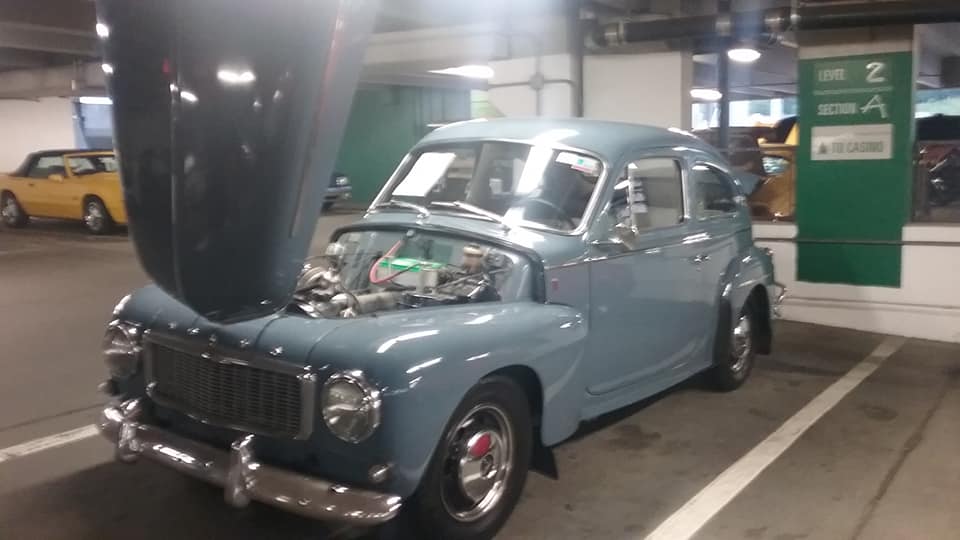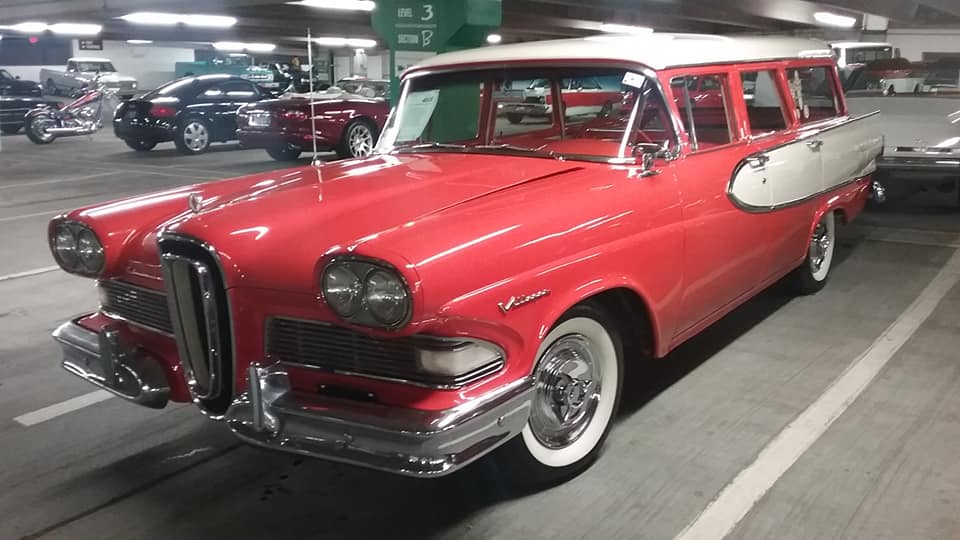Chaz & AJ took a step ahead towards spring cleaning this morning by inviting Christine Thorn from Sage of Interiors LLC onto the show. Thorn is a Certified KonMari Consultant, who helps clients using Marie Kondo’s organizing skills as seen on the new Netflix show, “Tidying Up with Marie Kondo”. Before Kondo made it big on Netflix, Thorn attended Kondo’s three day Seminar in NYC and was blown away. Despite having a Japanese translator doing most of the teaching, Kondo’s warm personality and high spirits uplifted the room’s vibe the moment she walked in. “When she walked into the room…it was amazing” Thorn remarked. “She has such an essence about her so, what you see on Netflix is how she really is.”
The methods Kondo and Thorn follow include:
- Committing to tidying from start to finish. This usually takes around a month to complete for the whole house.
- Envisioning your ideal lifestyle, like how you want to live from that point forward.
- Tidying by category, like clothes, papers, kitchen utensils, and sentimental items. A typical mistake people make is going room by room. When choosing categories, it’s recommended to start with your clothes because for most people they are the least sentimental items.
In order to know what to get rid of, Thorn says you must pick up “every single piece of clothing [one at a time] and you ask yourself ‘Does this spark joy?'” What does that even mean? “When you pick something up,” Thorn explains, “how does it make you feel? Do you feel, like, happy?” If not, you can discard it by donating it or simply throwing it out. On the Netflix show, Kondo explains that sparking joy should feel a “zing” inside you. We can best describe it as a tiny jolt of energy from your head to your toes. Now that we can distinguish our joy for an object, why do we have to thank it like it’s a living thing? Thorn explains that “Marie’s philosophy is based on ‘Shinto’, and ‘Shinto’ is having purpose in your life.” This step brings meaning to even the small things, like socks.
Thorn sees all types of clients, particularly those who’ve started cleaning, but got stuck halfway through; that struggle feels too familiar. “The homes that I go into, you know they’re average, they’re stock filled with things, and people want to be organized but just don’t know where to start.” That’s usually when people call an organizing consultant to help. There’s one exception to the KonMari method Thorn mentioned. “Sometimes we hold on to things because they are out of necessity.” Wearing scrubs to your job in the medical field is a good example. It may not bring you joy, but it is still a necessity to keep it for your job.
Once you’ve gathered all the clothes that spark joy, you then fold them with Kondo’s special folding method. The goal is to make it stand up like a tent so that you can optimize the space and see the clothes your drawer all at once, opposed to the shirts being stacked (or stuffed) on top of each other. Thorn also demonstrated how to fold a fitted sheet, a rare skill to master. “It’s almost like a ninja star, like it’s so tight and they stand up,” Chaz said. By the end of the interview, the KonMari method was already working for Pam; she found one of her missing tank tops in the crumpled up fitted sheet she brought in for the folding demonstration.


















